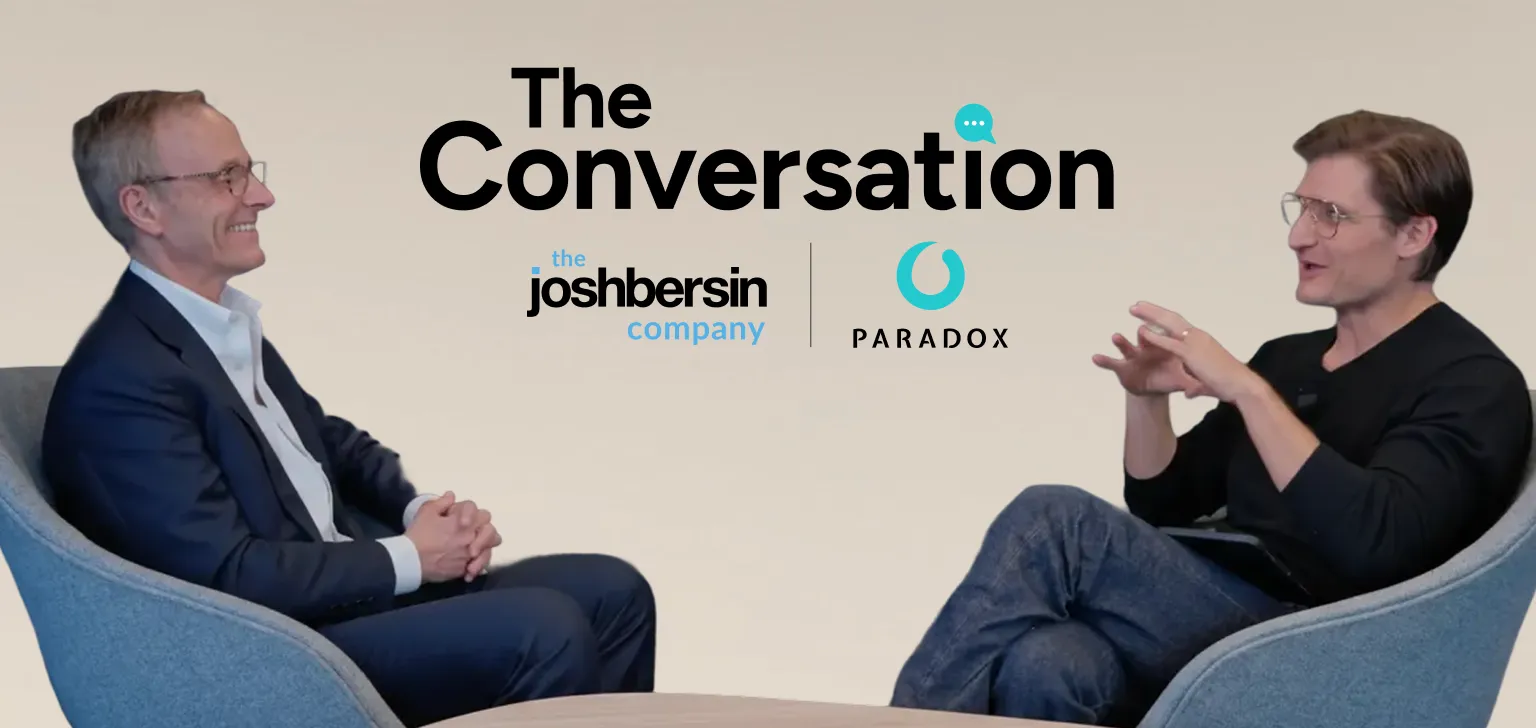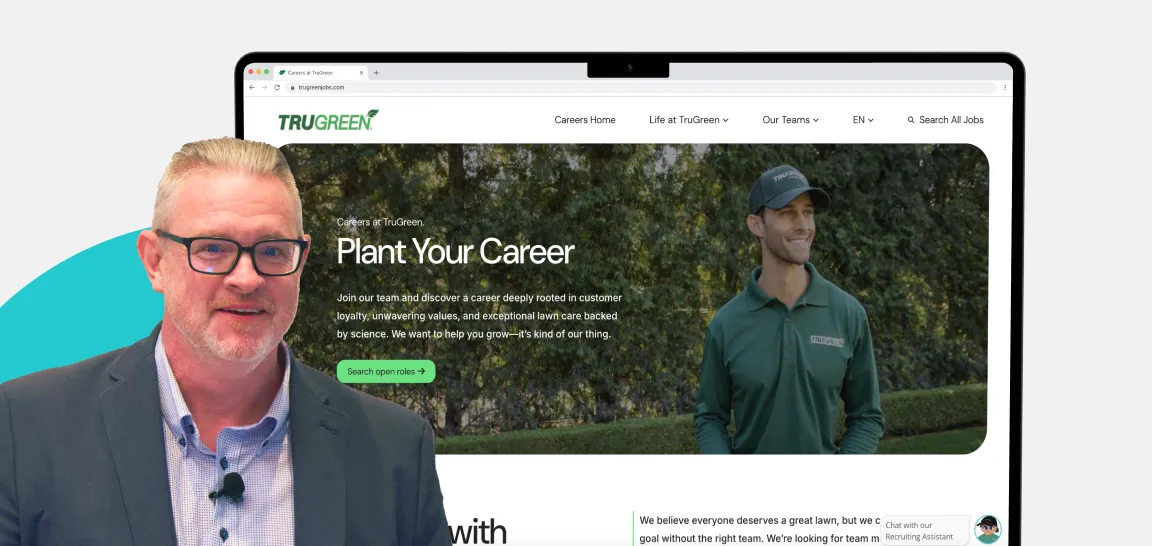Let’s start off with some numbers that might bum you out (but I promise there’s a happy ending to this story)...
In a new report in partnership with Harvard Business Review, we discovered that 91% of senior leaders say they agree that having a strong talent acquisition function is necessary for long-term business success. But, just 28% say their organization is very effective at hiring the talent it wants.
Just 28% percent. That’s it.
Since TA is so integral to business success, driving revenue, and enhancing the customer experience, you would think these organizations would try out just about anything to feel confident in hiring the talent they need.
But maybe they have?
Maybe they want to adopt a new system but don’t think they have the budget or resources. Maybe they know the ROI will be there, but have no idea how to begin the process of change management. Maybe they just think it will take too darn long and they have more pressing challenges. Pick your poison:
What’s holding back TA from transformative change?
- The cost of change. As one of the most common “hurdles”, 38% of respondents from the Harvard Business Review report cite cost to be a barrier for HR technology. Not only does this include the actual cost of a technology but the everyday impact of introducing a foreign system to long time employees.
- Limited access to data. Maybe you know that the process is slow, but how slow? How many candidates are dropping off or not showing up to interviews? With 24% of respondents claiming to use a basic or outdated HR technology, the chances for quality data accessibility are quite low.
- Choice overload. There are a lot of tools out on the market. Buyers of HR tech have the difficult position of narrowing down a field of many tools and systems with a range of integrations. This can make the decision making process extremely confusing and overwhelming, causing paralysis by analysis and thwarting change before it has a chance to begin.
- Not understanding where the problem lies. By this point, it's (unfortunately) possible your recruiters and hiring managers may just be used to a clunky process. It's all they've ever known. Are you getting feedback on areas that could be improved? Maybe not. Or maybe you're getting so much negative feedback it's hard to pinpoint a root cause, or the most urgent thing to fix first.
These barriers are undoubtedly real. Change is hard. But so is not changing. How many more candidates are going to have a poor experience? How many more hiring managers or recruiters are going to leave quit because they can’t stand the process? You're asking yourself "can I afford to implement a new hiring tool?" You should be asking "can I afford not to?"
A lot of companies feel stuck with their outdated software. They're in too deep to completely change. But they're not — and sometimes the first step to change is just ripping the band aid off. It can be scary, but this advice has led to amazing transformations.
As our CEO Aaron Matos likes to say, "burn the ships." And from those embers, you build something completely new.
Yes, this philosophy works for small companies that can afford to try out something new on a smaller scale. But it also works for massive, globally-scaled organizations, like General Motors (I’m sure you have heard of them). For GM that “something new” was interview scheduling automation integrated within the Workday Recruiting Platform. This saved their recruiters hours each day by automating the scheduling and rescheduling process, made sure candidates get reminders before the interview, even reaching return on investment after just 2 months.
Not to mention the $2 million saved within the first year.
But how did they do it? Even the TA leaders at GM would probably tell you, despite the success, it wasn’t all easy. Change management is an ongoing effort that doesn’t just stop as soon as a technology is implemented. With a combination of clear communication across the function and gathering major lessons learned from the boots-on-the-ground recruiters, GM was able to carry themselves through a strong implementation.
What else did they enact that made it so successful?
According to the Harvard Business Review, here are some of the critical methods for a hiring technology transformation:
- Listen first. Identify top recruiters and hiring managers and ask them what they need to improve processes and technology. What are their current pain points and areas of vulnerability? What are the best areas that a tool can fit into? What is your current tech stack like? Actually listening to the people that will be using the tools every hour of the day will not only give you lessons learned on how the tool functions, but it will begin to build the foundation for a strong feedback loop.
- Use data. Gaining visibility into the TA organizations’ data is essential for making well-informed decisions about recruiting strategy. Looking at your current state will help you measure success after implementing a solution. Ex: Transforming your time-to-hire from 21 days to 3 days will help show you the massive cost savings. If the function ever wants to build off of this technology, having this data will help you prove areas that are efficient and areas that still need support.
- Seek the right technology partner. Just as important as the technology you’re investing in to improve TA efforts is the vendor you choose. Does the partner want to give you a tool that is “one-size fits all”? Or are they willing to work closely with your team to make sure the tool is going to fit directly into your organization?
- Champion the ROI. TA managers must be able to justify the cost of new TA technology to the C-suite by tying it to the intended ROI — this will turn your TA function into a revenue driving machine. It’s very important to look at hard savings vs. operational savings separately. Not every tool will reach ROI by 6 weeks like GM found, but it’s incredibly important to understand when that threshold will be reached.
Change is obviously easier said than done, but this should serve as a great backbone. And if you want even more data, case studies, expert analysis, and action tips, read the HBR report.
So….
Since we started off with a bummer of a statistic, let’s end with a good one: 97% report that automation has provided value and improved their TA process. Yeah, that sounds a lot better. And proves that change is possible.





.png)




